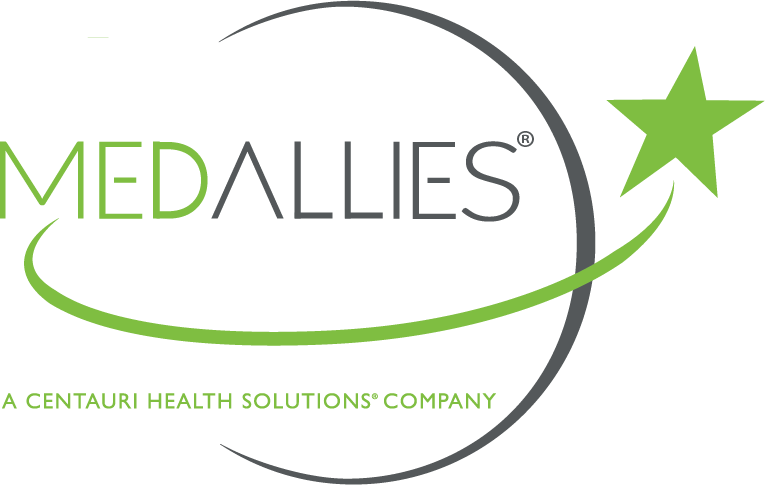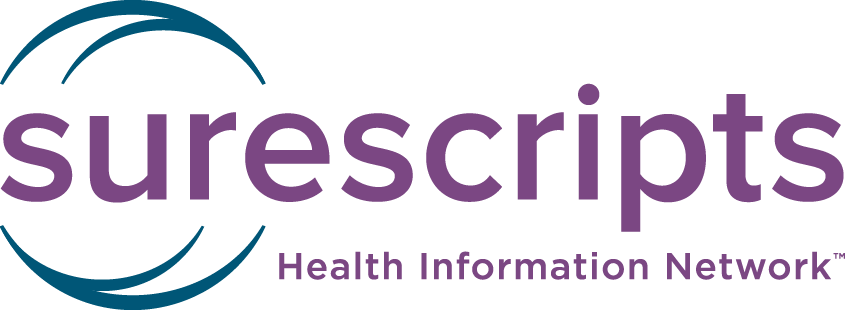The TEFCA framework supports nationwide exchange of health information, consistent with Applicable Law. Participation in TEFCA:
- Enables providers to get the data they need to provide the best care possible for patients.
- Provides individuals with easier access to their complete health history.
- Reduces burden for health plans and providers when sharing information to support care coordination, case management, and health care operations.
- Provides public health departments with more seamless access to the information they need and simplifies connectivity for providers that currently expend tremendous resources connecting to numerous single-purpose public health reporting channels or report through non-digital means.










